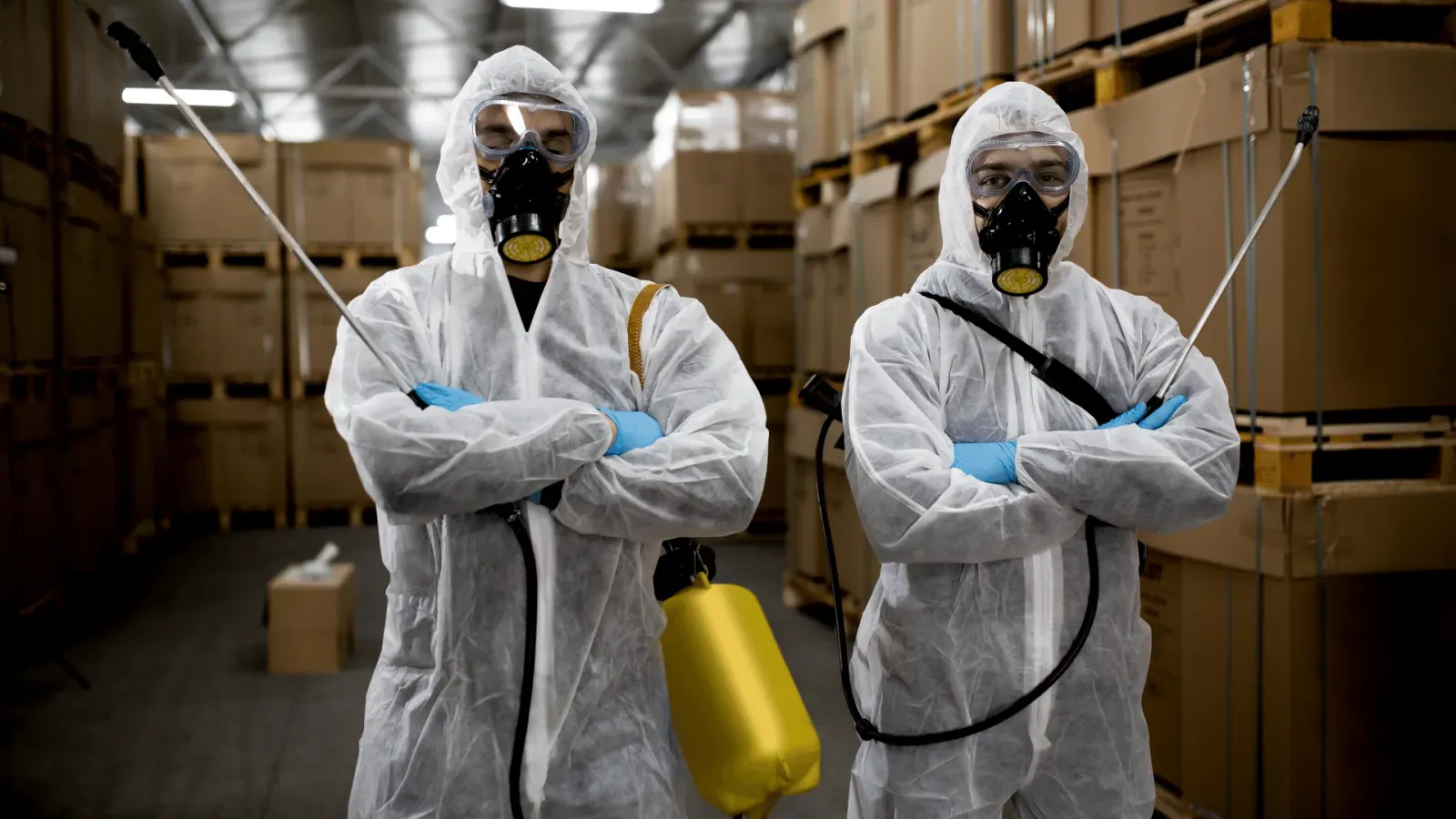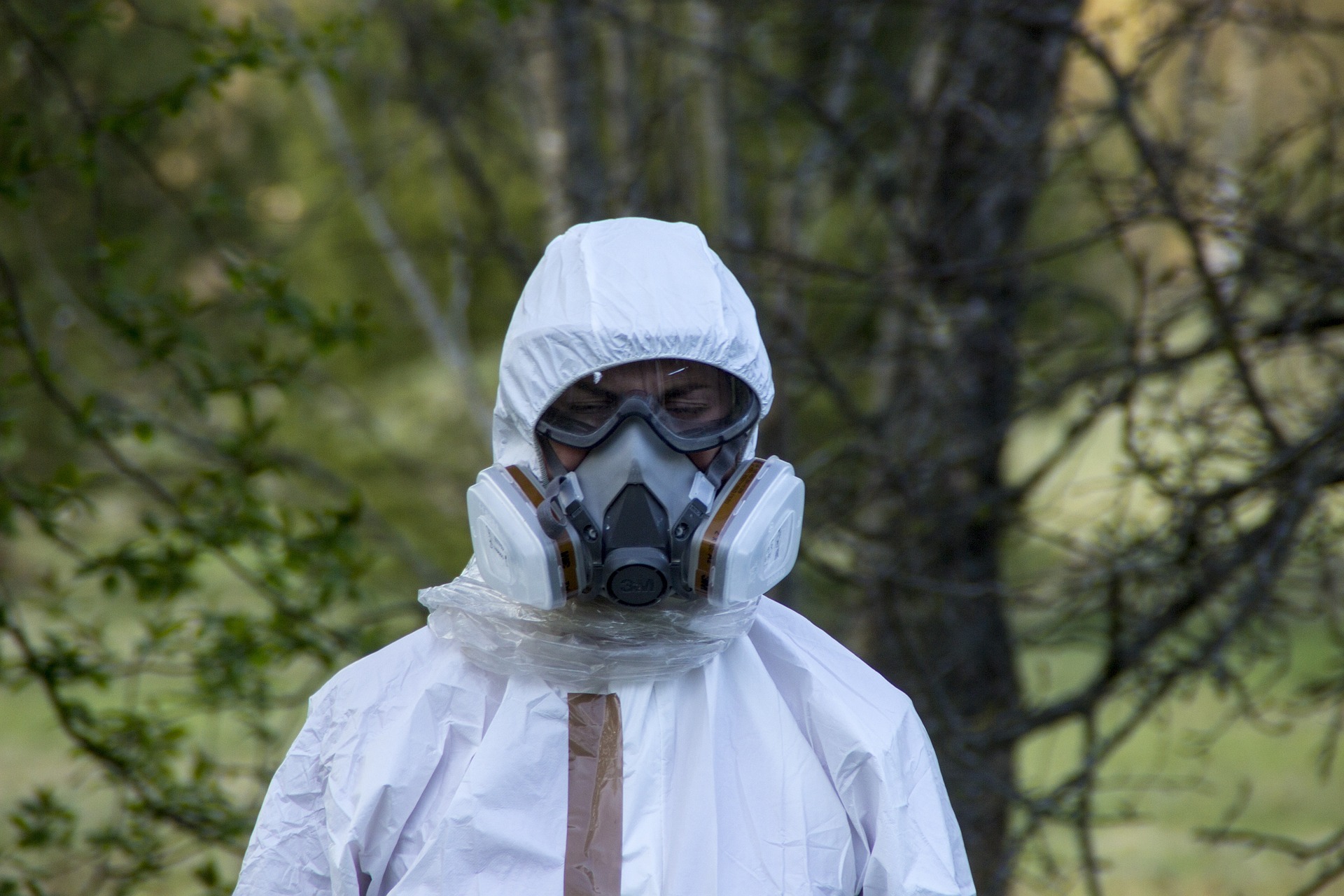Causes of Sick Building Syndrome & Building-Related Illness


As many as one in four new or renovated buildings can be classified as “sick” according to the U.S. Environmental Protection Agency. That’s 25%. One might say that it’s an epidemic. So why are so many buildings sick?
Well, it’s a complicated answer. That’s because Sick Building Syndrome (SBS) and Building-Related Illness (BRI) usually aren’t caused by just one thing—it could be a combination of many factors.
We’ve detailed some of the most common culprits below. Could any of these factors be causing SBS or BRI symptoms among your building’s occupants?
.
Malfunctioning/Insufficient HVAC system
The first place most facility managers look when trying to solve an IAQ problem is the HVAC system. Insufficient ventilation, filtration, temperature control and humidity management by the HVAC system will almost always result in SBS and BRI symptoms, especially if these issues continue over the long term.
New buildings
HVAC systems are often blamed for poor ventilation, but sometimes a greater force is at work: new construction. Newer buildings are oftentimes at greater risk for SBS and BRI because they are insulated too well. After the 1970’s energy crisis, many structures were built with energy efficiency in mind. That meant limiting natural ventilation through the building envelope (walls) by installing impermeable barriers.
Unfortunately, most HVAC systems can’t compensate for the lack of natural ventilation. Furthermore, too-tight building envelopes can trap moisture inside building walls, putting new buildings at risk for serious mold and moisture issues that sabotage IAQ. (Read more about Building Envelope Design and Construction for Healthy IAQ here.)
Chemicals
Many everyday products contain Volatile Organic Compounds (VOCs) that are released into the air with every use. Cleansers, disinfectants, air fresheners, office printers, beauty products, paints, sealants, aerosols, dry-cleaned clothing, permanent markers and office supplies are just a few products that contain VOCs.
Turning on the A/C
Rising temperatures mean it’s time to switch on the air conditioning. But oftentimes building managers make the switch before cleaning out HVAC ducts that have been collecting dust all winter. The end result is dirty air that irritates respiratory systems and triggers allergy and asthma systems.
Churning out that cold air can also cause accumulation of moisture in air ducts, condensate drip pans, coils and filters. This excess moisture can reduce your HVAC system’s efficiency and create a risk for mold growth inside the system.
Mold growth
While dirty ducts certainly aren’t ideal, there is a bigger issue at hand: MOLD. Dust is an ideal nutrient source for mold. Add spring time moisture to the equation and you’ve created the perfect environment for mold to grow inside your HVAC system.
But your HVAC system isn’t the only place for mold growth. Moisture events due to winter weather, spring rain and increased humidity can also increase the risk for hidden mold growth if not handled properly from the start.
Bacterial growth
Did you know there could be 400 times more bacteria on your desktop than the office toilet seat? 1 Pretty gross. Office surfaces are breeding grounds for bacteria, which can become airborne and cause serious illnesses.
New furniture
Did your building recently get a face lift? Newly installed cabinets, doors, carpets, wood-engineering flooring, paints and sealants contain chemicals that off-gas (air out) after they’re installed. Think about the smell of a new building or car. That “new” smell is actually all the chemicals off-gassing from new, manufactured products.
Formaldehyde is one of the most commonly found chemicals, which we are exposed to at very low levels every day. Low-level exposure is linked to short-term health effects, but higher exposure levels have been linked to cancer. That said, concentrated exposure—like in a building full of new furnishings—can certainly cause SBS symptoms.
Pests
Pests are one of the most potent asthma and allergy triggers. Dander, droppings and even saliva from mice, rats and cockroaches can trigger allergy and asthma symptoms. Even more concerning is the presence of dust mites, which are responsible for about 25 percent of allergy cases and 50 to 80 percent of asthma cases.
Renovation & Construction
From demolition to digging up dirt to framing walls and landscaping, construction activities stir up a lot of particles that can easily make their way into neighboring buildings like yours. These particles can enter our buildings everyday—whether on our clothing, by seeping through windows and cracks, or even entering through the HVAC system via outdoor air intakes.
Yard work
Yard work is another spring time activity that stirs up and releases an abundance of particulates into the air. Just think. How many times have you walked past someone mowing grass and felt your nose get a little itchy? That’s because outdoor environments contain millions of allergy -triggering particles, including pollen, bacteria, fungi and molds. These particles can easily make their way indoors once released into the air during simple landscaping activities like mowing, mulching and planting.
You work in a school
Schools are more likely to contain many environmental hazards not present in other buildings, such as cleaning products, pesticides, VOCs, chemicals for artwork and science classes. Schools also tend to have a higher concentration of occupants due to large class sizes.
From a health perspective, the risks associated with indoor pollution are twofold for children because their lungs are smaller and less developed.
.
Solving SBS & BRI Problems
The first step to solving IAQ issues is to find out what you’re dealing with. In the case of SBS and BRI, you’re likely dealing with several overlapping problems. The best way to identify which of these issues may be present in your building is to ask an industrial hygienist to perform a survey of your building. Industrial hygienists are trained to not only identify building issues, but recognize how these issues affect building occupants. If you have questions or concerns about your facility, please contact one of our industrial hygienists at info@amienvironmental.com.
1 Source: Huffington Post
related blogs

Why Indoor Air Quality Investigations is a Necessity in These Times?

Few Important Tips to Help You Select Environmental Consulting Services!




